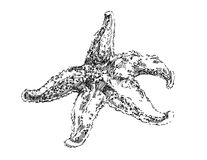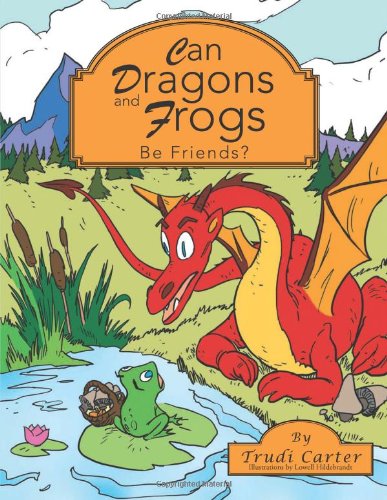Stickers? Candy? Stars on a chart? If a reward is waiting, will the child work harder? Do better? Want to go home and learn more?
In my humble opinion, either the successful children earn the rewards all the time, and the poor students have one more thing they cannot do. Or, the rewards are set up for the poor students because they need a boost, while the hard worker receives nothing. Then, the child of a higher intelligence doesn’t see the point of working harder. After four decades of teaching different grade levels, the ‘ages’ of reward ideas came and went. The following ideas worked well for me either as rewards for behavior or for finishing work early.
The Age of Stickers Teachers were spending a small fortune buying beautiful stickers for well done work and behavior that improved. Instead, in our classroom, there was a basket with the sticker freebies [Actually quite nice as they were for the teachers to use.] that came with the book orders. The students were told to take one if they wanted one. Seldom taken, the children did enjoy making their own decision as to whether they should have one. (First grade.)
The Age of Candy Some classrooms had gallon jars filled with candy to give the students. In our class, candy was limited to one event: good behavior outside the room. The class as a whole had to receive a compliment from another adult for their good behavior in the hallways. (Quietness, straight line, getting drinks properly, etc.) As they re-entered the classroom, one single, lone, little M&M was taken by each child from the candy box. If there were two compliments, there were two candies. Yes, they loved it. (First grade.)
P.S. Holding the candy box was one of the classroom jobs.
The Age of Sharing If a student wanted to share something they wrote or a new idea that they figured out in math, they came to the front of the room with a friend and told their classmates all about it. (Grades 1-4.)
The Age of Reading A stack of books on a topic in science or social studies was available for anyone who finished his classwork early. Some were picture books, and some had in-depth articles. (Grades 1-4.)
The Age of Blocks Having an industrial arts background, I had a stack of mini blocks I’d painted. Kept in a basket, they could be used for five minutes. (Second grade.)
The Age of Drawing Early in the school year, I taught the children how to draw simple figures using math shapes – squares, triangles, etc. Later, thumbprint [oval] designs were used as taught in a popular children’s book. (Ed Emberley) Blank paper and markers were on a table for those who finished early. (Grades 1-4.)
The Age of Charts and Smiley Faces A giant chart had the children’s names listed on the left, while the dates of the spelling tests were across the top. Small stickers were put up to show the test was taken. Oops, I take it back. The smiley face was orange if the test was 100%, and yellow to show it was taken.
Not only did I save money on treats and stickers and small rewards, but the children learned that work completed and well done was, truly, its own reward.

